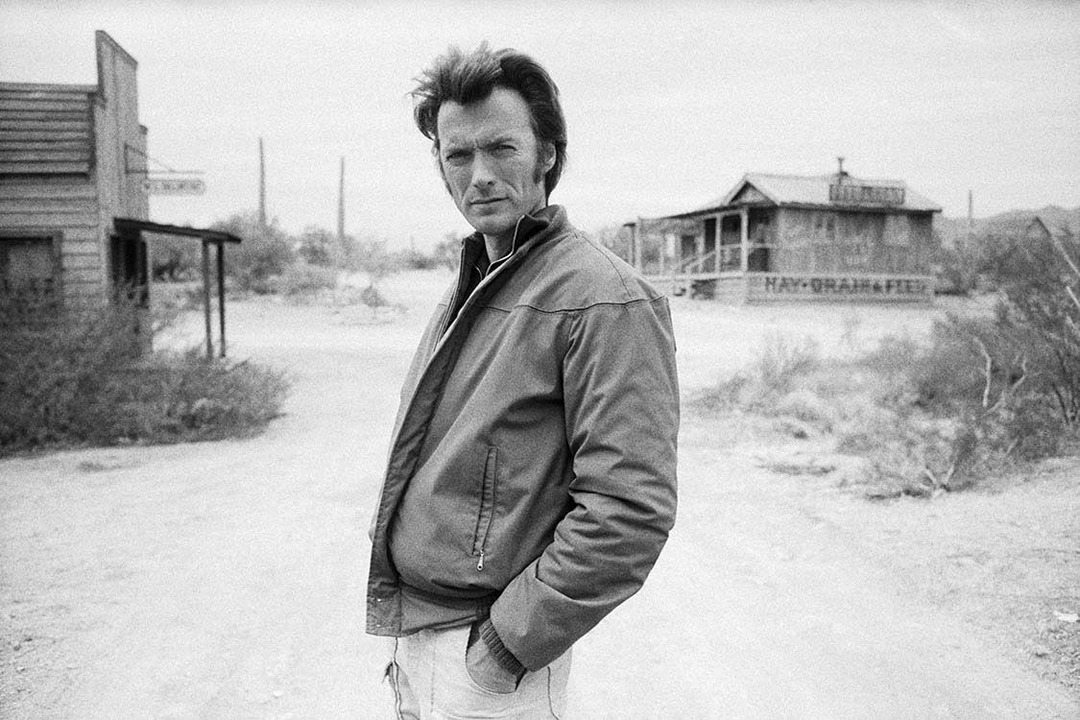The Good Times
Terry O’Neill, the photographer who chronicled London’s 1960s culture by capturing the celebrities and public figures who defined the era, has died aged 81 on November 19, 2019.
Terry O’Neill, who has died aged 81 after suffering from cancer, and was a paparazzo at heart, almost like a reporter. Most of his career predated digital photography, so he just clicked away until he thought he got it right. and while he would do “set up” portraits using Rolleiflexes, Hasselblads and even Mamiya TLR’s, he was in love with his Leicas. OK,…so you’re thinking, “here’s another Leica M3 guy”. But in fact he mostly used the Leica CL when doing 35mm.
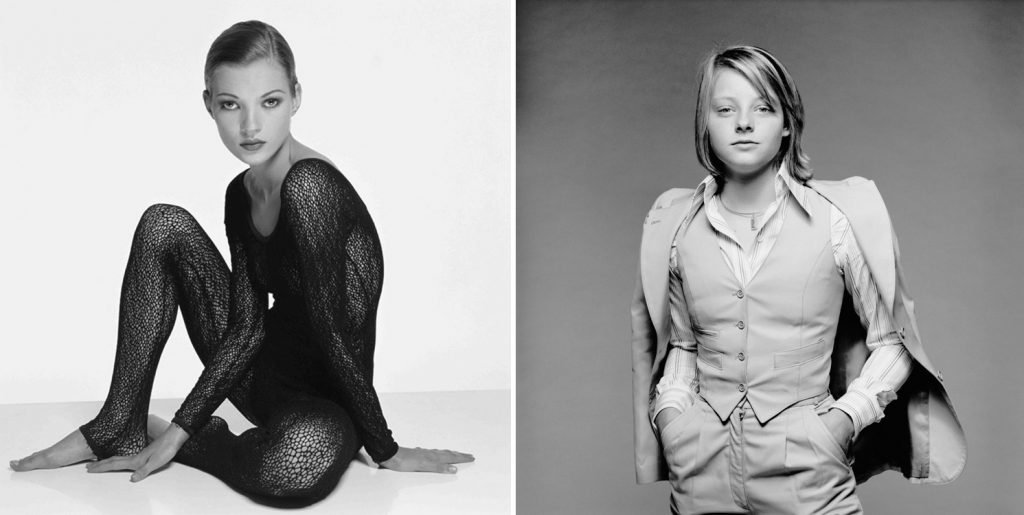
That was how he caught Brigitte Bardot in 1971, a cigar between her teeth as the wind swept her hair, or football manager Brian Clough in 1965, forehead-down on the barrier of what was then called Hartlepools United’s stand. (which is why he more thought of himself as “paparazzi”)
O’Neill searched his contacts for the realization of a hoped-for visual idea, and also just to find out what was there. Which was a lot, whether subjects reacted to his blarney when he would tell the Queen a joke, getting one of the most genuine camera smiles of her reign. Pretty much the same with everyone.
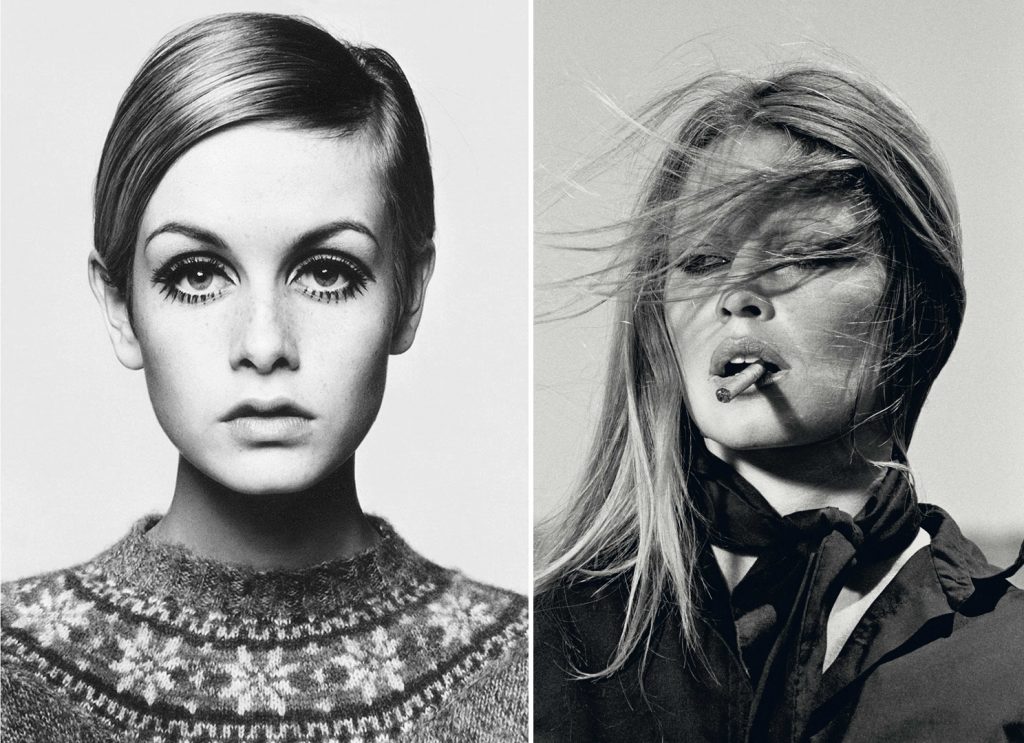
A Favorite of Many
He was the favorite image maker for Elton John, Led Zeppelin, the Who and Queen (the band). When O’Neill spotted a young Bruce Springsteen in a carpark on Sunset Boulevard under a billboard to promote his make-it-or-bust Born to Run album in 1975, he seized the moment to take the last pre-fame image of the Boss.
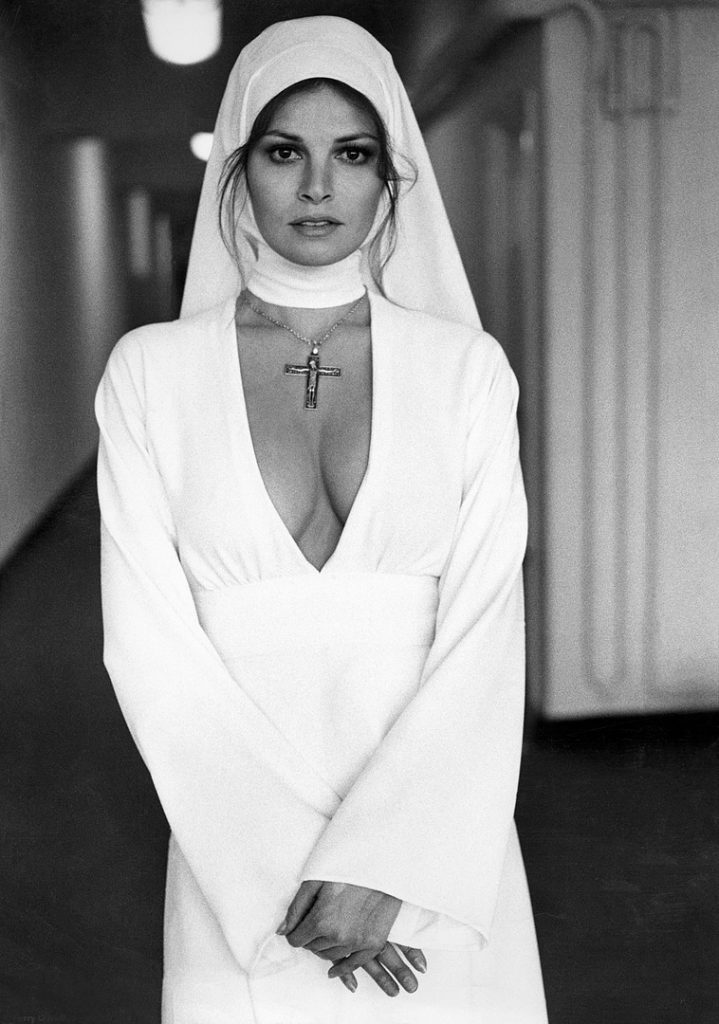
Terry was born in Romford, then in Essex, and was the son of Irish immigrants who settled in Heston, on the capital’s western edges. He never intended to be a photographer and was pushed towards the priesthood, but left school at barely 15 when told he wouldn’t make a very good priest. He wanted to be a jazz musician anyway.
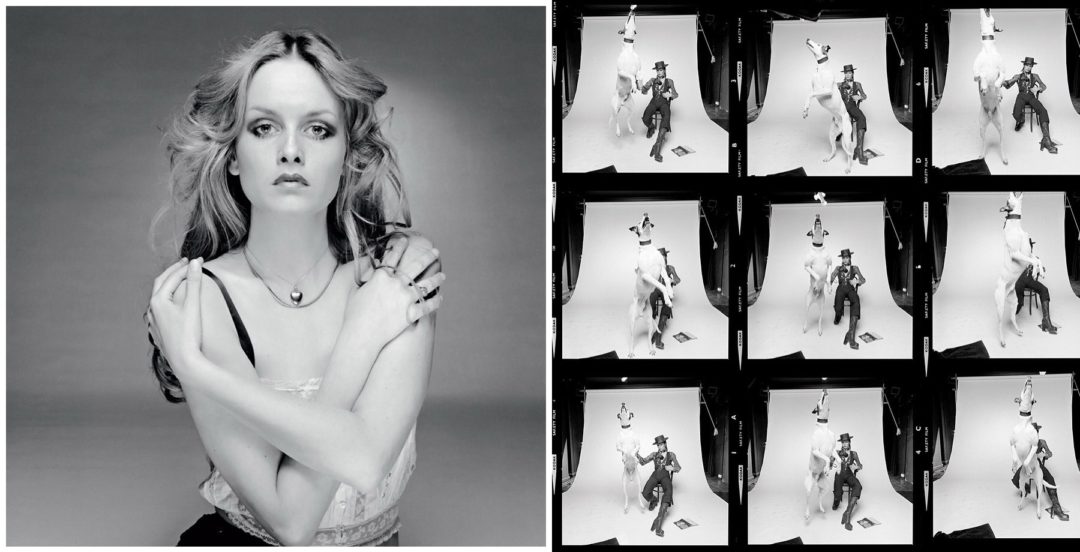
In 1959, for an assignment on human emotion, he pointed his funky Agfa camera at an aged gent napping among African dignitaries in London Airport’s sole terminal, who turned out to be the then home secretary, Rab Butler. A passing hack suggested which paper would buy the image and with that came £25 and O’Neill’s entry to Fleet Street, with a Daily Sketch staff job from 1959.
O’Neill mostly didn’t know who the important people were, and that saved him from nervousness. Soon after he capitalized on his youth and music tastes to trail and photograph the just-hatched Beatles through television studios, or blinking in unfamiliar daylight. The Rolling Stones manager Andrew Loog Oldham then asked him to cover his wards, so O’Neill shot them in a cafe between TV sessions; Keith Richards acquired his first suitcase when O’Neill suggested the Stones all be given them so that they would look like a touring band as he dragged them down Tin Pan Alley.

O’Neill sauntered easily on to film sets in Europe and then Hollywood. How did he win cooperation from the beautiful people, especially women stars chary of their appearance? “Compliments. More compliments, that’s it,” he said. “And, well … you could add a few more compliments.” Plus, he was a pretty handsome lad. And he became friends with quite a few. I guess never being the starstruck type helped that along.
On to Faye,…Good or Bad?
While he did have a first wife, the actress Vera Day, it was Faye Dunaway and their 4 year marriage that may have been his most significant relationship. But that ended when he really wanted to return to Britain. While O’Neill was candid about his many relationships, from centerfold models thrilled by his London accent who pursued him through the Playboy Mansion, via Jean Shrimpton, to the domestic monarch Martha Stewart in the late 80s. Photography or not, it was a pretty exciting life. Especially with friends like Eric Clapton, Rod Stewart,…and hanging out at the Playboy mansion.

By then he had been out of photography for too long to return at the same level; he considered becoming a picture editor before saying to a colour supplement editor, as he so often had done in the past, “Listen, I got an idea.”
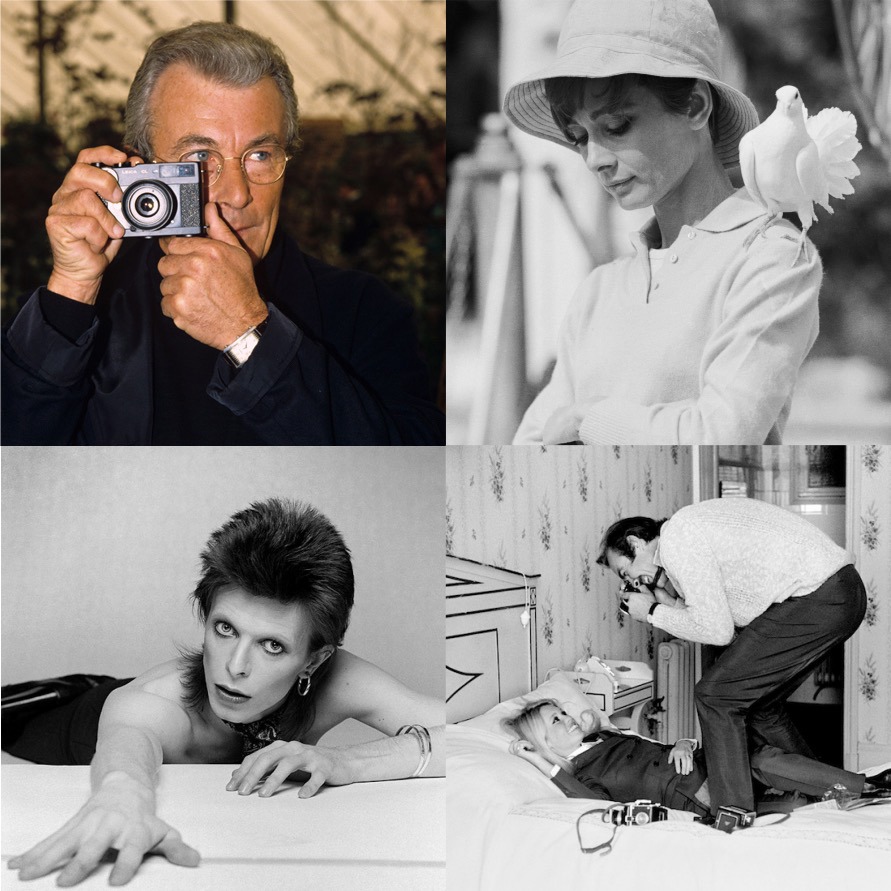
In the 90’s he had an idea which was a series of portraits of new faces, which restarted his career, but many layers of management and PR were now interposed between celebrity and lens, and O’Neill was soon bored by long days waiting for a half-hour slot with his subject, buffered by legions of intermediaries. Not like the old days. When he was granted the old freedom – invited to preparations for the Nelson Mandela birthday concert in 2008, for instance, or snatching a few frames of Amy Winehouse in the same year – the pix had their old vivacity.
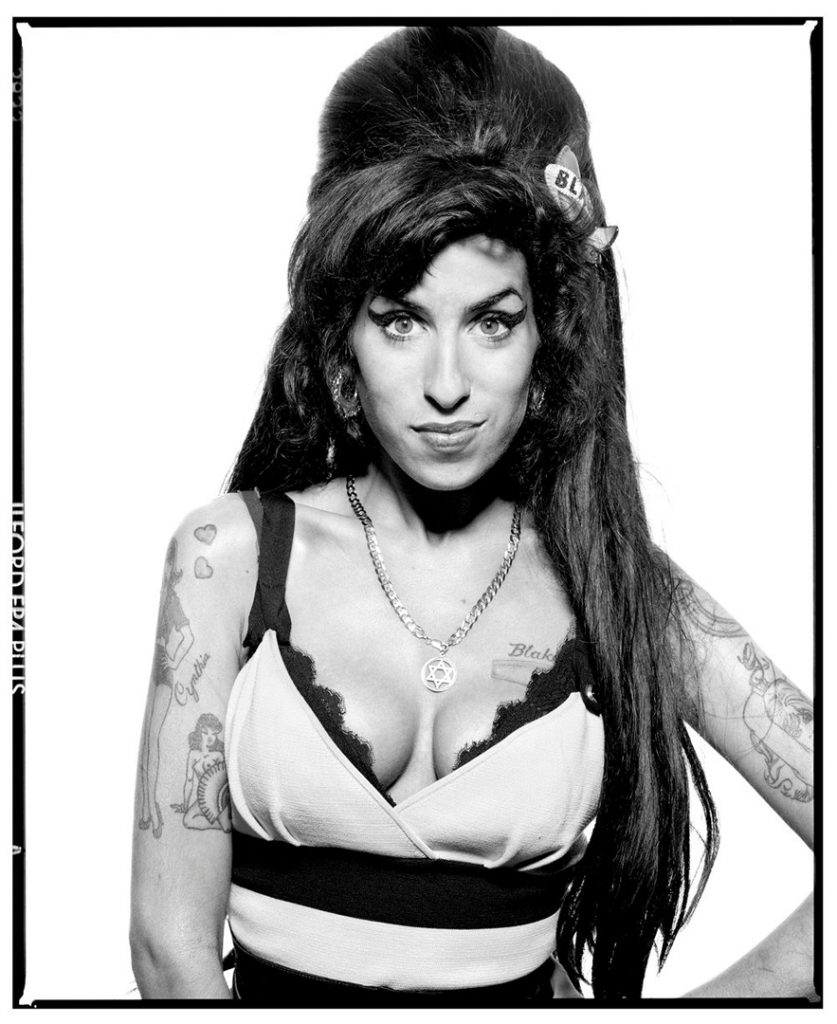
A Belated Send-Off
Most photographers threw away contact sheets like Kleenex, but O’Neill kept many, most of them better than usable (including Raquel Welch, in a fur bikini, tied to a cross, which was shot 30 years before it was eventually published, and Muhammad Ali with his mum). They became the basis first for a modest licensing business, then for multiple exhibitions and books that sustained him in retirement. While he had nothing against digital,…per se, one of his quotes on digital he’ll probably be most remembered for;
“I hate it. I use it – today’s people just want it…so what can you do? If I do a job and there’s somebody in the studio; they love to look at all the pictures and say they like this one or that one. It’s not photography – photography is about moments and you can’t get it with all that shebang going on. Nothing beats film; believe me.” ~ Terry O’Neil
O’Neill was made an honorary fellow of the Royal Photographic Society in 2004, and received the society’s centenary medal in 2011. His books are quickly becoming collectors items,….as are his prints through various galleries. Especially those signed by Terry and the celebrity.

